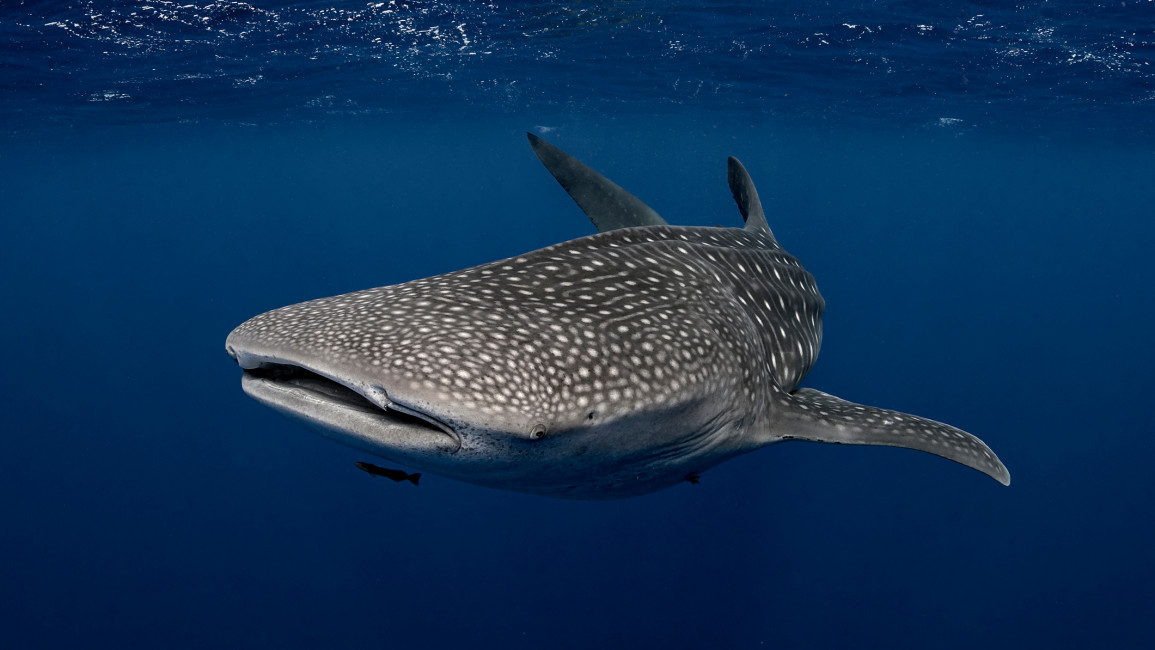IT'S ALL ABOUT GREENING CAPITALI$M
EU launches world’s largest green bond issuance to dateBy Janos Ammann | EURACTIV.com
Oct 12, 2021

The Berlaymont building lit in green to mark European Green Deal [audiovisual.ec.europa.eu/en/phot…]
The European Commission on Tuesday (12 Octobre) issued €12 billion worth of green bonds on financial markets to finance the green parts of its €800 billion coronavirus recovery fund. This represents the world’s largest green bond issuance to date.
The issuance of the 15-year bond was more than eleven times oversubscribed, indicating a big appetite for EU green bonds in financial markets.
Green bonds are tradeable loans that are used to finance sustainable investments and projects. Along with other financial instruments, green bonds are deemed an important tool for financial markets to invest in the green transition.
“Our future is green and it is extremely important that we seize the opportunity to clearly show to investors that their funds will be used to finance a sustainable European recovery,” said Johannes Hahn, the EU’s budget and administration commissioner.
In total, the EU plans to issue up to €250 billion in green bonds to finance the Next Generation EU programme that aims to drive the bloc’s recovery after the pandemic. According to the Commission, the total amount of Next Generation EU green bonds will make the EU the world’s largest green bond issuer by far.
The entire Next Generation EU programme amounts to €800 billion, most of which is allocated to the recovery and resilience facility (RRF). Under the rules of the RRF, every member state has to dedicate at least 37% of their national recovery plans to climate-relevant investments and reforms.

EU agrees to set aside 37% of recovery fund for green transition
Negotiations between the European Parliament and EU member states on the bloc’s coronavirus recovery fund concluded early on Friday morning (18 December), unlocking €265 billion of the total €672.5 available for the green transition in EU countries.
EU green bond standard in the making
In July of this year, the EU Commission proposed a European green bond standard. It is aimed at ensuring that what is marketed as a “green bond” actually has a positive impact on the environment.
The Commission’s proposal for this regulation is yet to be discussed and approved by the EU parliament and member states. Nevertheless, the Commission already uses a similar framework to guide its own green bond implementation.
According to the Commission, nine categories of projects and investments can be considered green, for example research and innovation supporting the green transition, investments in energy efficiency, but also investments to adapt to climate change.
Tuesday’s issuance is the fifth bond issuance to finance the Next Generation EU programme since the first one in June 2021.
In each issuance, financial actors from the UK were the most important buyers of EU debt. On Tuesday, 29% of the financing came from the UK financial markets, a reminder of the prevailing importance of the UK as a financial center for Europe.
Commissioner Hahn, however, stressed his satisfaction with the fact that a lot of the financing also came from the Nordics and the Benelux regions.
Until the end of the year, the EU Commission plans to have issued a total of €80 billion to finance the Next Generation EU programme.








